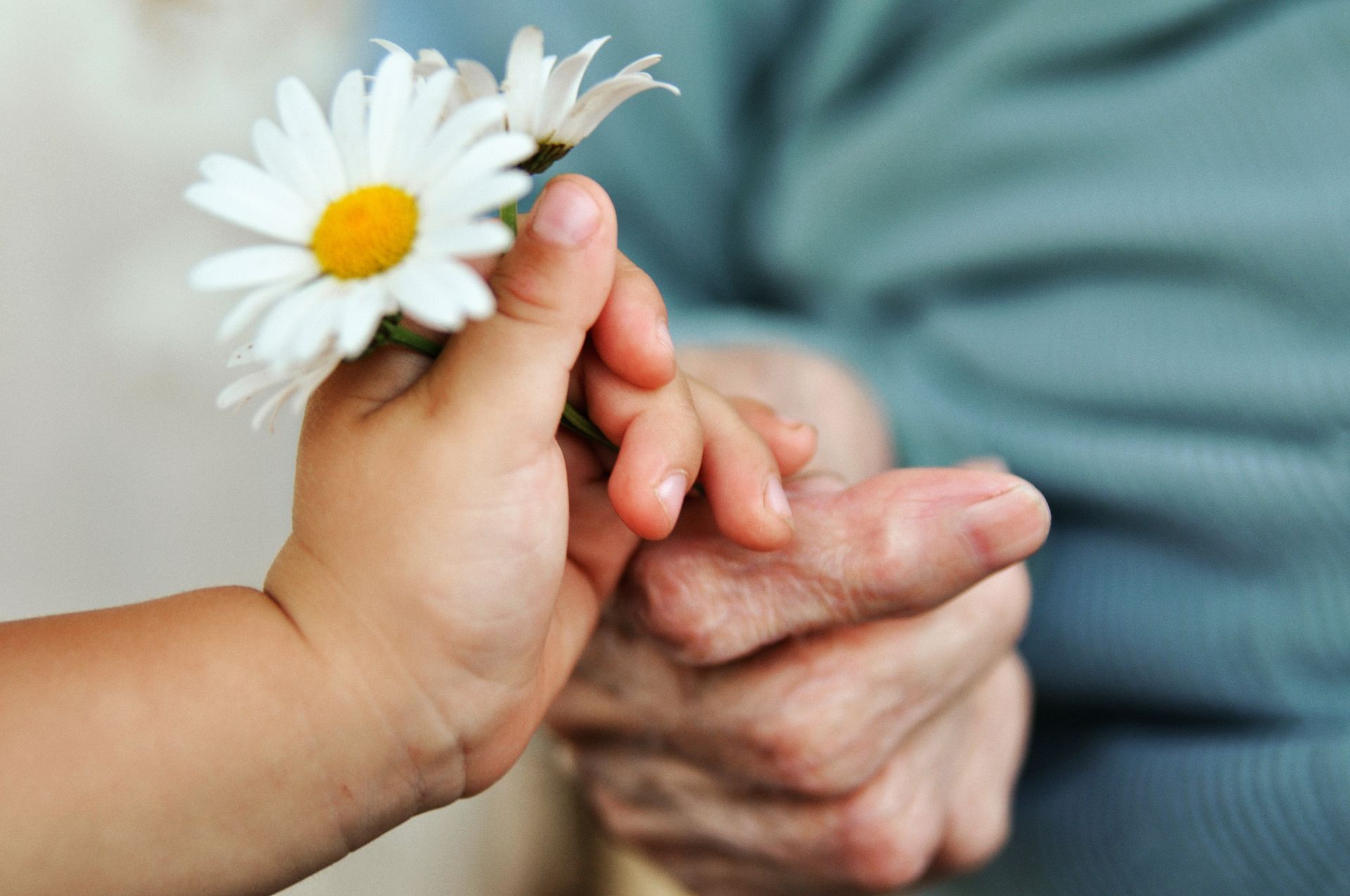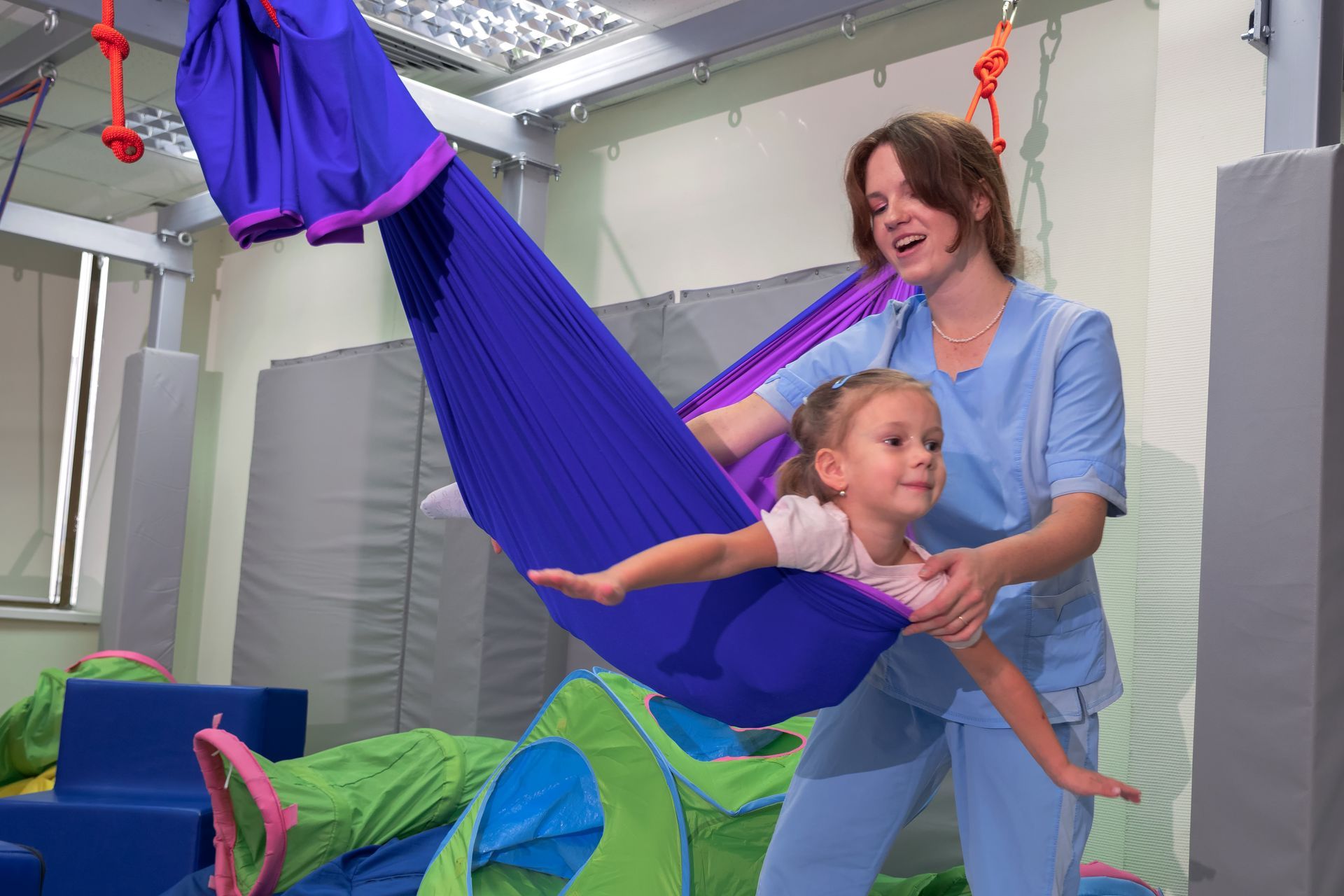Tharon’s Thoughts from Within. Comparing the Difference: Communication Styles of Neurotypicals and Autistics.


By Tharon
Neurodivergent Consultant at helpz
Comparing the Difference: Communication Styles of Neurotypicals and Autistics.
Part 2: Love Languages
Welcome to Part 2!
Last month we spoke about the difference between communication styles of autistics and Neurotypicals, with autistics being more direct in their approach, and Neurotypicals leaving a lot of reading between the lines. I spoke to you about info dumping and how this relates to building connections with others. And now, today, I am sharing another difference in our communication - the way autistics show love.
Using the concept developed by Gary Chapman, in his book, ‘The Five Love Languages: How to Express Heartfelt Commitment to Your Mate’, we can further develop our understanding of this topic. Now, according to Chapman, there are 5 typical love languages – acts of service, gifting, quality time, words of affirmation, and touch; autistics version of this is similar, but a little different (and often a little overwhelming to the recipient).
Before I jump into the definitions of the love languages, I first want to acknowledge a common misconception I hear – a lot of people seem to think that autistics do not acknowledge love, that we cannot feel a connection with others, nor love someone the way a neurotypical does. That is false, we do! We just find it hard to express ourselves and feelings. We often have a difficult time to build connections initially, but once that connection is built our bond is strong, it’s solid, and you have a loyal friend for life. But our expression of that bond, it can sometimes be a lot. Our actions are the words for us, when we cannot speak the words we want to say.
For people with autism, we have a different way of receiving and expressing love. Those are: deep pressure, support swapping / sharing spoons, penguin pebbling, parallel play/ body doubling, and info dumping. Now these love languages are not exclusive to autistic people and a lot can overlap or are similar to the typical 5 love languages, but this is how they are commonly expressed by the autistic community. There is also no set rule around these – we may have 1 or more primary love languages, we may use one more than another, or more with specific people. Individuals may express themselves in different ways than described below. Everyone has a different love language!
So, lets dive in to learn more about these
- Info dumping, similar to words of affirmation and acts of service – sharing large amounts of information on a topic, that we love. We want to share with you because you are someone we want to, or have already, bond with. Info dumping is the enthusiastic sharing of information about a topic of interest. For many autistics, sharing their passions and interests is a way of connecting with others. Listening attentively and engaging with the shared information can be a profound way to show love and appreciation. If you missed the topic on this last month, you can read it here:
Tharon’s Thoughts from Within. Comparing the Difference: Communication Styles of Neurotypicals and Autistics.
- Deep Pressure, similar to physical touch – Deep pressure is like physical touch but it is a more firm and intense touch. Deep pressure is a sensory seeking behaviour and because it feels good for us, we look to share that feeling with those we love/like, whether they feel it the same way we do or not. Some of us do not understand that what we feel and prefer, is not the same experience for others. Autistics often find comfort through sensory experiences, this can include hugs – but firm / bear hugs, or weighted objects/toys, wrapping self in blanket, hiding in pillows, etc. This becomes difficult to express as an adult with other people, unless with an extremely close friend or romantic partner.
- Support Swapping / sharing spoons, similar to words of affirmation and service - The concept of "spoons" comes from Spoon Theory, which is a metaphor used to describe the limited energy reserves that individuals with chronic illnesses or disabilities have. Sharing spoons or support swapping involves offering practical help or emotional support to each other, recognising and respecting each other's energy levels. This mutual exchange fosters a deep sense of understanding and solidarity.
There is a deep connection with sharing your experience with another person who shares the same lived experience – being able to see the understanding of the other person as they have lived it. You can sense it in their eyes, their facial expressions, their tone - they didn’t learn the experience from a book, they lived it.
Support swapping is about being able to share a burden, having someone else recognise the struggle and offer to help with it. We appreciate anything that makes our life easier, and we try to help others live a life that is easier also. It can be similar to body doubling. - Penguin pebbling, similar to gifting - Inspired by the courtship behaviour of Gentoo penguins, penguin pebbling involves giving small, meaningful gifts to show affection. These gifts can be anything from a favourite snack, a flower picked on the walk home, to a handmade trinket, or meme from social media. The key is the thoughtfulness behind the gesture, making the recipient feel valued and appreciated. You may observe this through receiving social media short videos from a loved one. This is done to show that we are thinking of a person and sharing something we think they will enjoy, because it made us think of them.
- Parallel play/ body doubling, similar to quality time and acts of service– Parallel play involves spending time together while engaging in separate activities. This can be incredibly comforting for neurodivergent individuals who may find direct social interaction overwhelming but still want to hang out. This can happen for children or adults. Simply being in the presence of a loved one while doing your own thing can create a sense of connection and companionship. This could be as simple as being in the same room as each other but each person doing their own things. Commonly seen through children each building their own Lego sets separately; or adults ‘doomscrolling’ on their phones or reading a book.
Body doubling is more task focused oriented. It requires more interaction than parallel play, and is more effective if the body doubler is involved in the task being completed. This is acts of service. A neurodivergent child may need an adult to brush their teeth with them at the same time, similarly, tidying their room may not occur unless an adult is also assisting (this could be as simple as an adult holding a rubbish bag while the child collects rubbish from their room). If you are body doubling with us, or we are doing it with you, it’s a sign of respect and connection.
And as a side note – this is a useful way to develop skills in children to help them develop lifelong healthy habits
How to respond to love language?
Acknowledge and reciprocate.
- Info dumping? Engage with the person through listening and info dumping back.
- Deep pressure? So long as you are comfortable with it, do it back.
- Penguin Pebbling? Acknowledging gifts with gratuity and enjoyment, and being present with the autistic person.
Reciprocation is the best response to any attempt at love language. This is also how the person receives love, so make sure you give it back in a way that they understand – even though it may not be your preferred loved language. Do not shut it down. For instance, telling someone to stop sending a social media short is seen by us that you want us to stop loving you.
If the love language makes you uncomfortable, or annoyed, you do need to speak up, but do so in a gentle manner. Have a discussion with the person, talk about reducing the frequency, or offering an alternate way to meet their need. For instance, if they suffer from insomnia and send you messages at 4am, ask them to hold off until later or to send via an alternate mode.
In a professional context, working with autistic adults, conversations can be had around the boundaries required. Help the autistic person to understand why they are using their love language behaviour, and help them to find a more appropriate way.
It is important to remember that the love languages are not always romantic gestures, and that they can just be gestures of connection and friendship. If you are unsure if it is a romantic gesture or not, just ask us. We know asking confronting questions can be hard for neurotypicals, but this is the quickest and easiest way to overcome communication barriers, and again shows the differences between our conversation styles.
What is your love language?
For further information about these topics and more, join our upcoming webinar or training modules.







